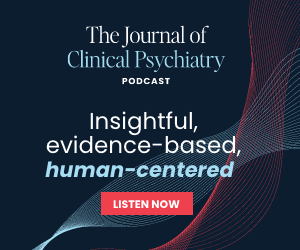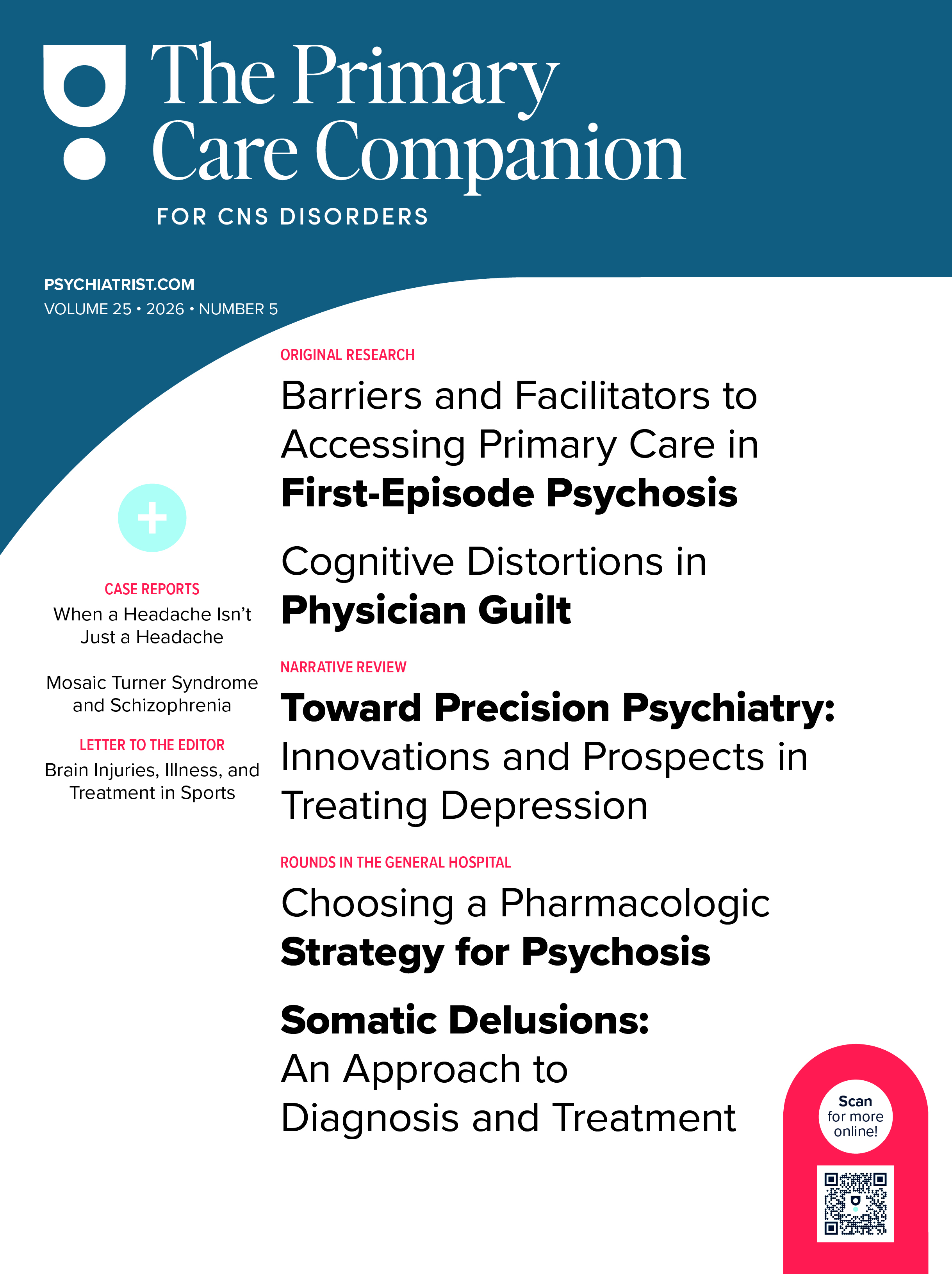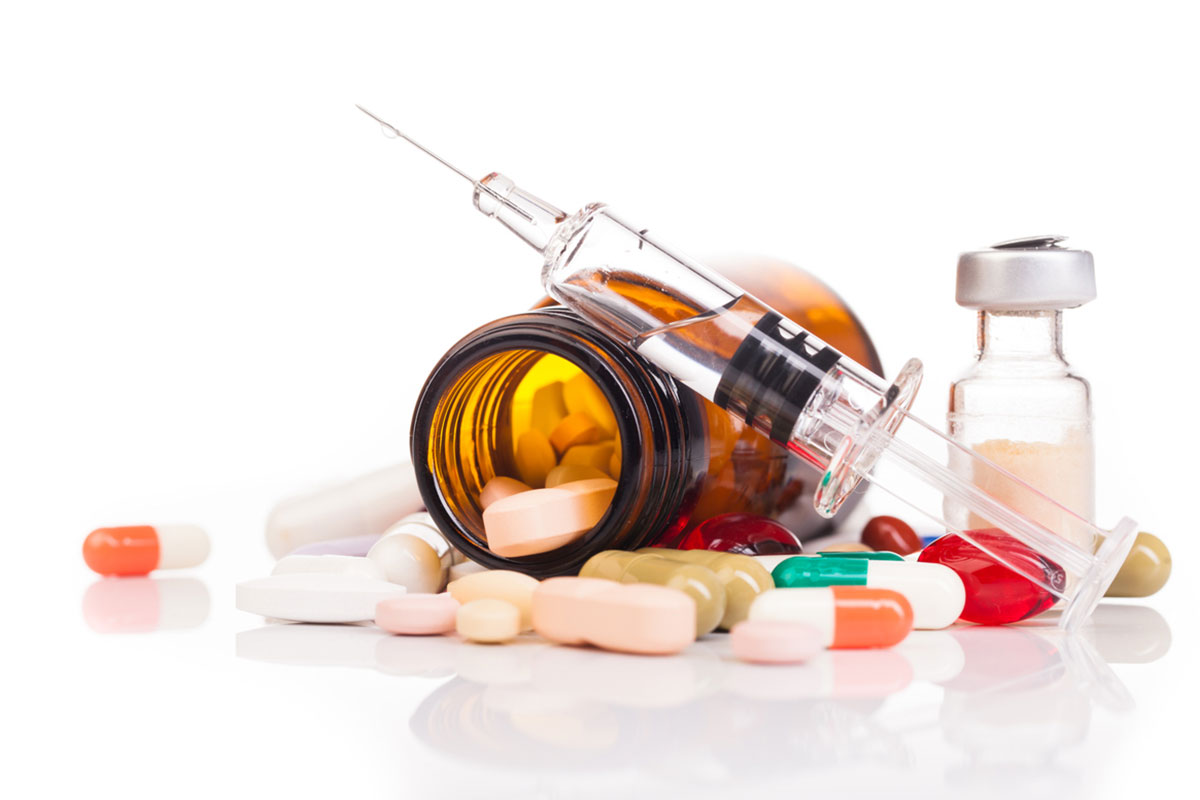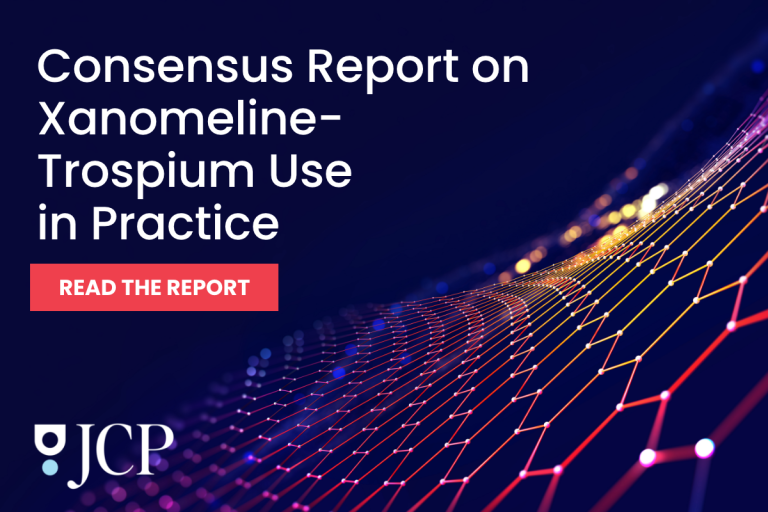Polydipsia is characterized as an excessive intake of fluid, usually defined as more than 3 L a day.1 Primary polydipsia (psychogenic polydipsia), in which there is no clear etiology, is often related to a psychiatric condition.2 Psychogenic polydipsia may occur in up to 15%–25% of patients with a mental health diagnosis, particularly neurodevelopmental disorders and schizophrenia.3 The pathophysiology of psychogenic polydipsia is unclear.3 Multiple treatment modalities have been proposed, but currently, there are no standard treatments for psychogenic polydipsia. Behavioral interventions such as fluid restriction are often combined with medication.4 Medications that have been successfully utilized include antipsychotic medications,4 naltrexone,5 acetazolamide,6 dulaglutide,7 propranolol, adrenergic agents, antidepressants, and angiotensin-converting enzyme inhibitors.2 We present a case in which N-acetylcysteine (NAC) benefitted a patient with psychogenic polydipsia and several psychiatric comorbidities.
Case Report
A 50-year-old man with autism, mild intellectual disabilities, schizophrenia spectrum disorder, intracranial hemorrhage, and hypertension was preoccupied with obtaining and drinking water. He previously lived independently. His medication was limited to risperidone 1 mg at night. At age 37 years, he developed polydipsia. Accessing and consuming water dominated his behavior. He has since lived in a group home with 24-hour support, with limited social interactions and no involvement in previous hobbies. Attempts at fluid restriction were complicated by injuries (including an intracranial hemorrhage requiring surgery) resulting from efforts to acquire water. Previous medications included risperidone, ziprasidone, quetiapine, lithium, valproic acid, fluoxetine, escitalopram, lorazepam, and amphetamine/ dextroamphetamine. None of these medications had sustained benefit. Medications on initial assessment were paliperidone 156 mg long-acting injectable, fluvoxamine 200 mg daily, clonazepam 1 mg twice daily, and suvorexant 10 mg nightly.
During our initial evaluation, the patient perseverated on drinks, talking over others to the extent that limited the interview. Laboratory values were unremarkable, including plasma sodium 143 mg/dL. Fluvoxamine was increased to 250 mg daily without benefit, then tapered and discontinued. Polydipsia then worsened. NAC was initiated at 600 mg twice daily. After 1 month, he remained focused on water, but had less attempts to acquire water and fewer related injuries. NAC was increased to 1,200 mg twice daily. After 2 months, his preoccupation with water was less frequent and intense, and there were no further falls or injuries. These improvements were sustained over the following several months, accompanied by a notable reduction in anxiety. Familiar caregivers described this as the patient’s best condition in the past 7 years. After 12 months, he continues to take NAC 1,200 mg twice daily, paliperidone 156 mg long-acting injectable, clonazepam 1 mg twice daily, and suvorexant 10 mg nightly. In the past year, on this medication regimen, the patient’s sodium levels have remained stable, and there has been no regression in liquid obsession behaviors.
Discussion
NAC is an over-the-counter thiol-containing amino acid derivative that originally was introduced as a mucolytic treatment for congestive or obstructive lung diseases.8 The role of NAC has expanded to include treatment of acetaminophen overdose, use as a renal protectant in contrast-induced nephropathy,9 and as treatment in male infertility and gastrointestinal diseases such as inflammatory bowel disease.10 We found no published mention of attempts to treat polydipsia with NAC, but its proposed psychiatric uses include several conditions involving maladaptive repetitive behaviors: substance use disorders,11 compulsive nail biting,12 obsessive-compulsive disorder,12 excoriation disorder,13 trichotillomania,13 and self-injurious behavior.14,15 The mechanisms of action of NAC may include modulation of neurotransmitters, inflammatory mediators, and oxidative homeostasis.12,16 Although dosage requirement with NAC needs to be further studied, NAC has been shown to be generally well tolerated.16,17 NAC could be considered as a lower-risk intervention for patients with similar symptoms. NAC appears to have minimal significant drug interactions, aside from specific concerns with nitroglycerin or carbamazepine, making it a suitable option for adjunctive use.18
Article Information
Published Online: October 9, 2025. https://doi.org/10.4088/PCC.25cr03993
© 2025 Physicians Postgraduate Press, Inc.
Prim Care Companion CNS Disord 2025;27(5):25cr03993
Submitted: April 29, 2025; accepted June 17, 2025.
To Cite: Daskalakis N, Miller G, Jungels B, et al. Using N-acetylcysteine as a treatment for psychogenic polydipsia. Prim Care Companion CNS Disord 2025; 27(5):25cr03993.
Author Affiliations: Department of Psychiatry, Wright State University, Fairborn, Ohio (all authors).
Corresponding Author: Nickolas Daskalakis, BS, Department of Psychiatry, Wright State University, 2555 Ste 100 University Blvd, Fairborn, OH 45324 ([email protected]).
Relevant Financial Relationships: None.
Funding/Support: None.
Patient Consent: Written consent was received from the patient’s guardian to publish the case report, and information has been de-identified to protect patient anonymity.
References (18)

- Mercier-Guidez E, Loas G. Polydipsia and water intoxication in 353 psychiatric inpatients: an epidemiological and psychopathological study. Eur Psychiatry. 2000;15(5):306–311. PubMed CrossRef
- Havens TH, Innamorato G, Nemec EC. Non-antipsychotic pharmacotherapy of psychogenic polydipsia: a systematic review. J Psychosom Res. 2022;152:110674. PubMed CrossRef
- Ahmadi L, Goldman MB. Primary polydipsia: update. Best Pract Res Clin Endocrinol Metab. 2020;34(5):101469. PubMed CrossRef
- Dundas B, Harris M, Narasimhan M. Psychogenic polydipsia review: etiology, differential, and treatment. Curr Psychiatry Rep. 2007;9(3):236–241. PubMed CrossRef
- Rizvi S, Gold J, Khan AM. Role of naltrexone in improving compulsive drinking in psychogenic polydipsia. Cureus. 2019;11(8):e5320. PubMed CrossRef
- Ahmed SE, Khan AH. Acetazolamide: treatment of psychogenic polydipsia. Cureus. 2017;9(8):e1553. PubMed CrossRef
- Winzeler B, Sailer CO, Coynel D, et al. A randomized controlled trial of the GLP-1 receptor agonist dulaglutide in primary polydipsia. J Clin Invest. 2021;131(20):e151800. PubMed CrossRef
- Arakawa M, Ito Y. N-acetylcysteine and neurodegenerative diseases: basic and clinical pharmacology. Cerebellum. 2007;6(4):308–314. PubMed CrossRef
- Deepmala SJ, Slattery J, Kumar N, et al. Clinical trials of N-Acetylcysteine in psychiatry and neurology: a systematic review. Neurosci Biobehav Rev. 2015;55:294–321. PubMed CrossRef
- Tenório MCDS, Graciliano NG, Moura FA, et al. N-Acetylcysteine (NAC): impacts on human health. Antioxidants (Basel). 2021;10(6):967. PubMed CrossRef
- Tomko RL, Jones JL, Gilmore AK, et al. N-Acetylcysteine: a potential treatment for substance use disorders. Curr Psychiatr. 2018;17(6):30–55. 41. PubMed
- Smaga I, Frankowska M, Filip M. N-acetylcysteine as a new prominent approach for treating psychiatric disorders. Br J Pharmacol. 2021;178(13):2569–2594. PubMed CrossRef
- Lee DK, Lipner SR. The potential of N-acetylcysteine for treatment of trichotillomania, excoriation disorder, onychophagia, and onychotillomania: an updated literature review. Int J Environ Res Public Health. 2022;19(11):6370. PubMed CrossRef
- Cullen KR, Klimes-Dougan B, Westlund Schreiner M, et al. N-Acetylcysteine for Nonsuicidal Self-Injurious Behavior in Adolescents: an open-label pilot study. J Child Adolesc Psychopharmacol. 2018;28(2):136–144. PubMed CrossRef
- Greenberg NR, Farhadi F, Kazer B, et al. The potential of N-acetyl cysteine in behavioral addictions and related compulsive and impulsive behaviors and disorders: a scoping review. Curr Addict Rep. 2022;9(4):660–670. PubMed CrossRef
- Schwalfenberg GK. N-acetylcysteine: a review of clinical usefulness (an old drug with new tricks). J Nutr Metab. 2021;2021:9949453. PubMed CrossRef
- Bavarsad Shahripour R, Harrigan MR, Alexandrov AV. N-acetylcysteine (NAC) in neurological disorders: mechanisms of action and therapeutic opportunities. Brain Behav. 2014;4(2):108–122. PubMed CrossRef
- Ershad M, Naji A, Vearrier D. N-Acetylcysteine. StatPearls. StatPearls Publishing; 2022.
Please sign in or purchase this PDF for $40.





